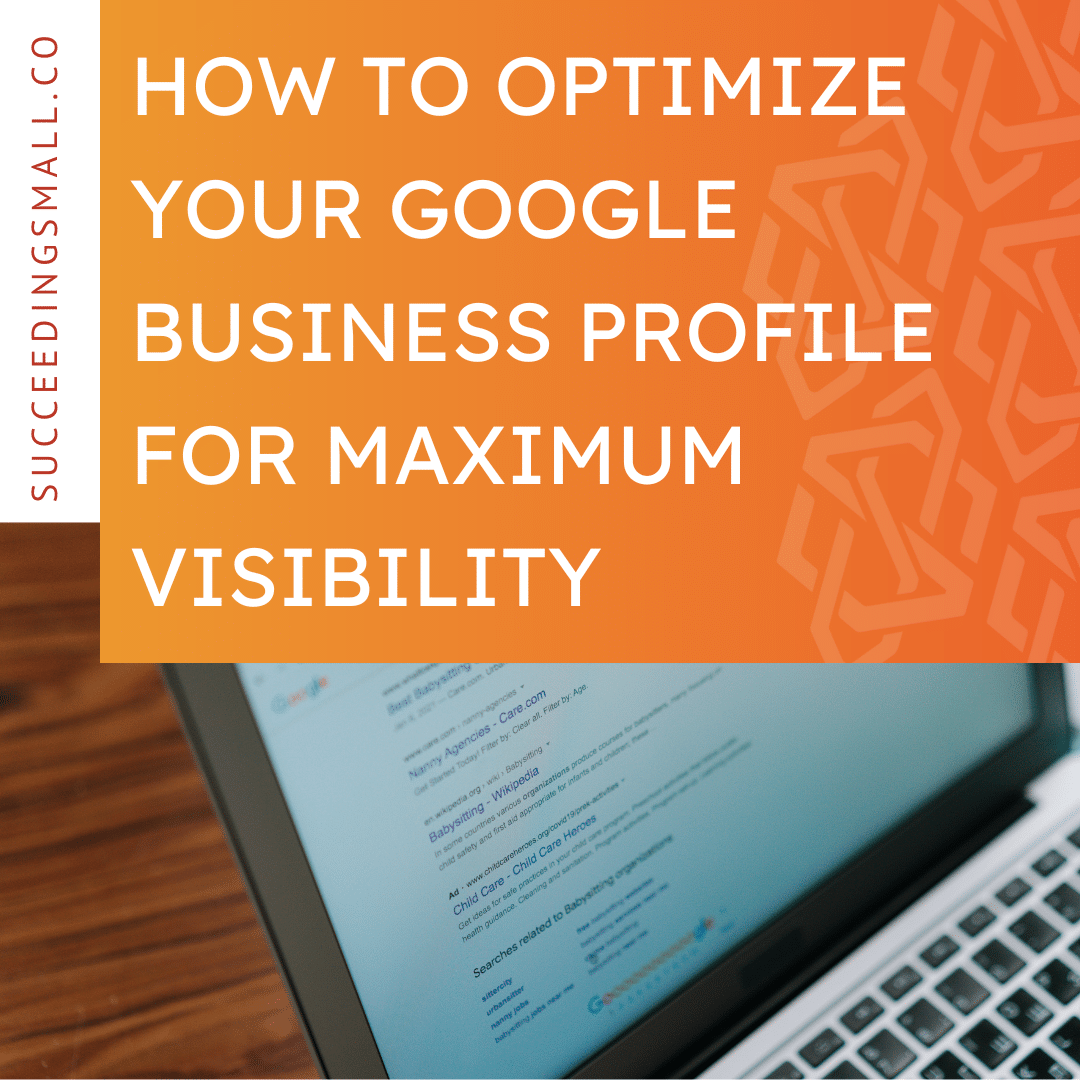According to data from Google Economic Impact, a significant majority (97%) of consumers research local businesses online before purchasing. On average, businesses see a return of $2 for every $1 spent on Google Ads, indicating a solid ROI for paid advertising on the platform.
In 2025, PPC will remain a top-performing strategy for small businesses, but succeeding in this competitive space requires more than basic knowledge—it demands a fresh approach tailored to evolving trends and cutting-edge tools.
PPC campaigns now offer unparalleled opportunities for small businesses, from advanced targeting options to AI-powered automation tools that maximize ROI. However, navigating this landscape can be complex without the right expertise.
In this article, we’ll guide you through the essential steps to setting up a successful PPC campaign in 2025, ensuring you can stay ahead of the curve and achieve measurable results. If you need support, we are here to assist. From strategy development to ongoing campaign management, Succeeding Small specializes in helping small businesses maximize their PPC potential and drive real growth.
Research and Goal Setting
The First Step: Goal Setting
Before diving into campaign specifics, we need to discuss goal setting. Without clear, measurable goals, your PPC campaign will lack direction, making it difficult to evaluate success or optimize effectively.
Tailoring your PPC goals to your business type is critical for success. Whether you want to increase your phone calls by 20% or generate 10% more form submissions per week, your goals should be Specific, Measurable, Achievable, Relevant, and Time-bound.
Know Your Numbers
Some business owners we’ve worked with weren’t sure how much profit they made on average per sale. Determining how many leads they’d need to break even—let alone generate a profit—was challenging.
Not knowing these numbers can derail PPC efforts, as it prevents you from setting realistic cost-per-lead targets or conversion benchmarks. Before launching a campaign, it’s crucial to calculate your average profit per sale. This information ensures your campaign strategy is built on profitability, not guesswork.
At this stage, we often use tools like the Google Keyword Planner to estimate CPCs for your industry and project potential conversion metrics, such as the number of conversions a specific budget could generate. While these are rough estimates, they provide a valuable starting point. From there, running the campaign allows us to refine benchmarks and optimize for better results.
Your Industry’s Competitive Landscape
Understanding your competition is key to creating a standout PPC strategy. Analyzing the competitive landscape can uncover valuable insights that inform your campaigns and help you make smarter decisions about budget allocation, keyword selection, and ad copy.
Competitors’ Keywords
Tools like SpyFu can suggest which keywords your competitors might target and how they rank for them. These insights can help you to identify opportunities to compete effectively—or even dominate—by targeting less competitive but high-value keywords.
Spot Opportunities to Stand Out:
Competitor analysis isn’t just about following the crowd—it’s about finding ways to do things differently. You can identify gaps they leave open by studying competitors’ ad copy, offers, and strategies. For example, if competitors focus on price, you might emphasize superior customer service or unique features.
Ultimately, staying informed about your competition helps you make data-driven decisions that position you for success. Regularly revisiting this analysis ensures you remain adaptable and ready to seize new opportunities as the market evolves.
Build Your Google Ads Campaign
Understanding Campaign Types:
Google Ads offers a range of campaign types, but Search Campaigns are our go-to for small businesses with tight budgets. Responsive Search Ads target users who are actively searching for products or services, making them highly effective for generating immediate leads and sales.
While Display or Performance Max campaigns can complement your efforts, Search Campaigns provide the highest ROI for businesses needing quick and measurable results.
Structuring Search Campaigns for Tight Budgets
When budgets are limited, precision and prioritization are key. The following structure is not just practical for search campaigns but also provides a framework that can evolve alongside your advertising strategy:
- General Terms Ad Groups:
Focused on broad but relevant keywords, these ad groups help capture users exploring solutions such as “carpet cleaning” or “emergency plumbing services.” These can serve as an entry point to your funnel, creating brand awareness and generating interest. - Local Keywords Ad Groups:
These ad groups target location-specific searches, such as “carpet cleaning in Denver” or “plumbers near me. ” They are optimized for driving action from local customers, ensuring that limited budgets prioritize conversions from the most relevant audience. - Branded Ad Groups:
Protecting your brand is vital, even on a tight budget. Branded ads ensure you capture traffic from users searching for your business directly, preventing competitors from luring away potential customers. This ad group reinforces trust and ensures visitors see the message you want them to associate with your brand.
IV. Leverage Google Ads Automation and AI Tools
Smart Bidding Strategies:
When used effectively, Google’s automated bidding options can significantly enhance your PPC campaign’s performance. Strategies, like Maximize Conversions CPA (Cost Per Acquisition), help optimize your bids based on your specific campaign goals. For example, Maximize Conversions automatically adjusts bids to get the highest conversions within your budget.
Setting realistic bidding parameters is essential to maximizing these strategies. You must define your acceptable cost-per-acquisition (CPA) based on your profit margins and industry benchmarks. Monitoring performance regularly ensures that your automated strategy aligns with your goals while minimizing wasted ad spend.
Dynamic Ad Variations:
Dynamic ad variations, such as Responsive Search Ads (RSAs), allow you to test multiple headlines and descriptions automatically. Google’s machine learning analyzes which combinations perform best, enabling you to refine your messaging and maximize engagement over time. To leverage RSAs effectively, you must include diverse yet relevant messaging elements that highlight unique value propositions, customer benefits, and strong calls to action.
Additionally, Google’s Performance Max campaigns provide a unified approach to advertising across all available channels, including Search, Display, YouTube, and Gmail. You can efficiently expand your reach and capture more leads by using one campaign to reach potential customers across various platforms.
If you’re starting with Google Ads for the first time, creating RSAs will be the best option. To run Performance Max campaigns well, you need plenty of image, copy, and video assets on hand. This particular campaign type might not work well for you if you don’t. Performance Max might also be difficult to optimize as it is challenging to extract the necessary insights. As it now stands, it can be a bit of a black box, though they have expressed an intention to provide better metrics to advertisers.
AI Ad Copy Optimization:
AI tools like ChatGPT and Google Ads’ built-in suggestions can streamline the process of crafting engaging, high-quality ad copy. These tools help generate creative headlines and descriptions tailored to your target audience while saving time.
Testing multiple ad copy variations is crucial for maximizing click-through rates (CTR) and improving your quality score. By continuously analyzing the performance of different headlines and descriptions, you can refine your ads to resonate more effectively with your audience, leading to better campaign outcomes and reduced costs per click.
(Content Box)
If you want to see how each piece of copy in your RSA performs, you can check the number of impressions for each item by going to the ads page and clicking “View asset details.” This will show a performance breakdown for all the items in your ad.
V. Optimize Google Ads Campaigns for Conversions
Landing Page Excellence
Designing landing pages that align with your compelling ad copy and keywords ensures a seamless user experience, which is critical for driving conversions. When the landing page experience closely matches the assets of your RSA, it will improve Google’s internal ratings of your ad quality, called “quality scores.”
Some say quality scores are vanity metrics because they appear inconsistently in Google ad accounts. However, they give you some hints about how well your landing page experience fulfills the searchers’ needs. So, while you shouldn’t put too much emphasis on quality scores, it may also be unwise to disregard them.
Speed and mobile optimization are non-negotiable elements in 2025. Slow-loading or non-mobile-friendly pages can drastically hurt your quality score and lead to lost opportunities. This is why you must focus on creating fast, relevant, visually appealing pages that meet users’ expectations.
Call-to-Actions (CTAs)
Crafting compelling CTAs is key to encouraging immediate user action. Tailor your CTAs to match the goals of each ad group, whether it’s “Call Now for a Free Quote” for service industries. Keep the language clear, actionable, and aligned with user intent.
Negative Keywords
Negative keywords are a powerful tool in your Google Ads strategy, ensuring your ads don’t appear for irrelevant or low-quality searches. By excluding terms that don’t align with your products or services, you can prevent wasted ad spend and improve the overall performance of your campaigns. For example, if you’re a high-end furniture retailer, adding “cheap” as a negative keyword helps avoid clicks from users seeking budget options. Regularly reviewing and updating your negative keyword list keeps your campaign focused on the right audience, driving higher-quality leads and boosting ROI.
Performance Tracking
Setting up robust tracking systems is vital to measure the success of your PPC campaigns. Google Analytics 4 (GA4) and Google Ads conversion tracking provides precise attribution and actionable insights into campaign performance.
This tends to be the sticking point for amateur advertisers trying to use the platform. Without tracking information to feed back into the platform, it cannot optimize for performance. Several videos discuss how to set up tracking for Google Ads with Google Tag Manager, but the process can be technical and complex if you are inexperienced. Setting up tracking is beyond the scope of this article, but we expect to provide some instruction on this topic in the future.
You need proper conversion tracking to record key metrics like conversion rate and cost per conversion. These are essential for evaluating your campaign’s effectiveness. Regularly monitoring these metrics allows you to identify areas for improvement, optimize bids, and ensure your campaigns deliver measurable results.
(Content Box)
Want to steal our tried-and-true landing page template? Get access to a proven design that converts—optimized for relevance. Enter your email address below to get it instantly.
VI. Monitor, Test, and Adjust Continuously
A/B Testing in Google Ads
Testing is the cornerstone of PPC success. By experimenting with different ad copy, landing pages, and bid strategies, you can identify top performers and refine your campaigns for optimal results. Google Ads Experiments allows you to trial changes in a controlled environment, though you have to be cautious not to let them disrupt your existing setups.
A/B testing ad variations helps uncover which headlines, descriptions, or images resonate most with your audience. Similarly, testing landing pages with alternate designs or offers can reveal opportunities to boost conversions. Regular testing is essential to keep your campaigns sharp and competitive.
Refining Audience Targeting
Audience targeting is a powerful tool for reaching customers at the right time. Use Google’s Insights tab to review the performance of audience segments and uncover trends in demographics, interests, and behavior. This data can help you refine your targeting to maximize relevance and engagement. You can also adjust your bids to your highest-converting audience segments to bid higher on users who have shown specific interest.
Adjusting parameters such as age, gender, household income, and location allows you to allocate a budget more effectively. Additionally, remarketing lists can help you re-engage users who have previously interacted with your business, turning interest into action. We typically display remarketing campaigns for our clients to draw back in users who have shown previous interest.
Responding to Trends
The digital advertising landscape constantly evolves, and adaptability is critical to success. Keep an eye on new Google Ads features or updates, such as advancements in AI-driven campaigns or the introduction of innovative ad formats.
Adapting quickly to these changes ensures you remain competitive and deliver high-performing campaigns. For instance, leveraging AI-powered recommendations or adopting new interactive ad formats can help you stay ahead of the curve and engage your audience more effectively.
VII. Conclusion
Recap
Creating a successful Google Ads campaign requires careful planning, ongoing optimization, and strategic decision-making. Start by setting clear, measurable goals to guide your efforts and ensure your budget aligns with your desired outcomes. Use Google’s advanced tools, such as automated bidding, responsive search ads, and AI-driven suggestions, to maximize efficiency. Remember the importance of strong landing pages, compelling CTAs, and regular performance tracking to drive meaningful results. Finally, consistently test, refine, and adapt to stay ahead of the competition.
You Don’t Have to Go It Alone
Launching your first PPC campaign might feel overwhelming, but success often begins with small, calculated steps. Start with a manageable budget, track key metrics closely, and use data insights to guide your optimizations. As you learn what works best, scale your efforts to unlock greater growth and ROI. Remember, even the most experienced marketers start somewhere—what matters is your commitment to improvement.
Ready to take your Google Ads campaigns to the next level? Let Succeeding Small help you achieve your advertising goals with proven strategies and expert support. Visit our PPC Services page to learn more, or contact us today to start building a campaign that drives actual results.













